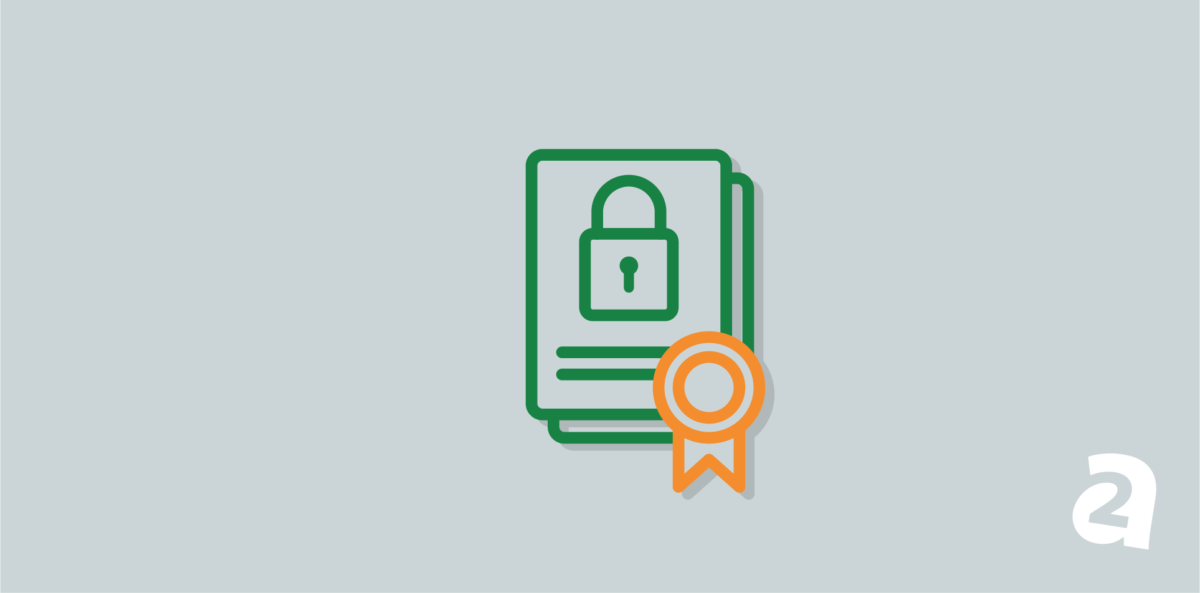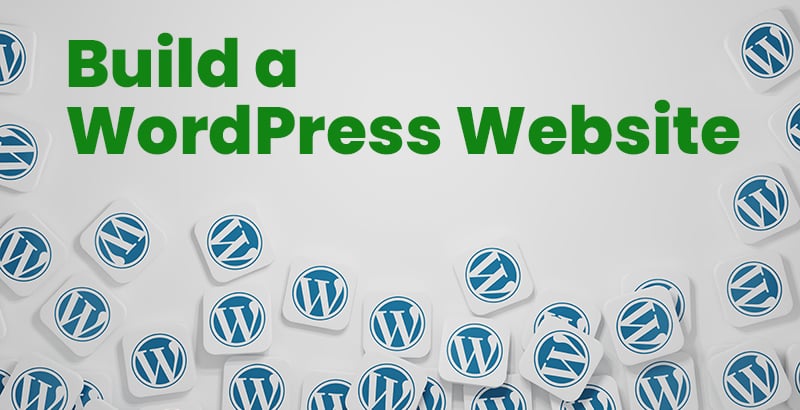- Apr 28, 2020
 0
0- by A2 Dev Team
The essence of all applications is their programming language. Choosing the wrong one for your development project can lead to frustration and various obstacles to getting your ideas off the ground.
That’s where Python comes in. It’s known for its emphasis on readability and an easy-to-use syntax that enables programmers to code quickly. It’s also fairly popular and suitable for a variety of different projects.
In this article, we’ll first look at what Python is. After that, we’ll cover its advantages, such as its excellent speed in building applications, extensive community development, and user-friendly data structures. Let’s jump in!
An Introduction to Python
Python is a popular programming language that is useful in several areas including web development, software development, mathematics, and scripting. It’s compatible with all major Operating Systems (OSs) – Windows, Mac, and Linux.
One of its core features is its syntax, which closely resembles the English language. As a result, programmers can develop applications with fewer lines of code when compared to some other languages.
Another core feature is Python’s interpreter system. It can execute code as soon as it’s written, which saves time when testing and prototyping new ideas.
The most recent version of the language is Python 3, although Python 2 is still quite popular.
3 Key Advantages of Using Python
Learning the ins and outs of Python can seem daunting at first. There are many aspects of the language to consider before making the commitment to incorporating it in your next project. To make this process easier, here are the three key advantages of using it.
1. It Provides Excellent Speed in Developing Applications
Python enables developers to quickly build applications by applying an Object-Oriented Programming (OOP) approach when writing their code. This method involves arranging the data and functions that comprise the code into logical subgroups, also referred to as a modular approach to programming.
Modular code is easy to use, reuse, and modify, which helps reduce development time. Additionally, Python combines the functions that act on data into a single structure, which makes it easy to find related parts of your code as they are physically close to each other in the code editor.
In short, some find that OOP in Python is an intuitive programming style. It helps new developers learn about objects and the relationships between them to pick up the language quickly.
2. Extensive Community Development Keeps It Well-Maintained
Another advantage of Python is that a large community of developers maintains it. There are over 8.2 million developers who use the language, and it’s still picking up speed in terms of gaining popularity.
Python has an open-source license, so it’s free to use and distribute for even commercial purposes. This makes it easier to start learning the language, as there’s a low barrier to entry. Anyone who has the time and wants to practice it can.
An extensive online community fosters Python’s development. These professionals and hobbyists collaborate using the Python GitHub repository, conferences, mailing lists, and groups on sites such as StackExchange.
The community also supports extensive public libraries of code for common components such as internet protocols, web service tools, and OS interfaces. By incorporating scripts found in these libraries, developers can save time in building applications as the community takes care of several high-level tasks.
3. User-friendly Data Structures Streamline Python Development
Python makes use of optimized structures for storing, accessing, and working with data.
Data structures define relationships between data and specify the operations developers can perform.
The three main data structures in Python are abstract, primitive, and non-primitive structures. An Abstract Data Type (ADT) specifies a set of operations and what they do. However, it does not specify how those operations are performed.
One advantage of ADTs is that you can write them once and then use them in a wide variety of applications. A common ADT is called the stack, which is a data structure that can contain multiple elements.
Primitive types are the most basic data structures as they contain simple values of data. The four primitive sub-types are:
- Strings: Store words and characters
- Boolean data types: Take up the values of either true or false
- Integers: Contain numeric data, specifically whole numbers
- Floats: Represent numbers with decimals and rational numbers
Non-primitive types derive from primitive types and offer increased functionality. The two non-primitive sub-types are:
- Lists: Store collections of diverse items
- Dictionaries: Store an indexed collection of elements
In essence, these structures enable developers to focus on the bigger picture of solving problems through the use of Python instead of becoming lost in the details.
Conclusion
Not all programming languages are easy to work with. Some have steep learning curves and limited use cases, which can make them impractical for beginner-level and experienced coders alike.
Python, however, provides several advantages for developing scripts and applications:
- The language is excellent for developing projects quickly.
- It has an extensive development community.
- Python features user-friendly data structures.
Featured Images Credit: Pixabay.












